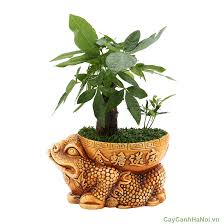
Dragons in the Legend of Rebirth and Transformation
In many cultures around the world, dragons have been regarded as powerful, mythical creatures that symbolize various forces of nature, magic, and even spiritual transformation. In particular, dragons in Chinese mythology are seen as beings that embody the cycles of life, death, and rebirth. These majestic creatures not only control the forces of nature but…











